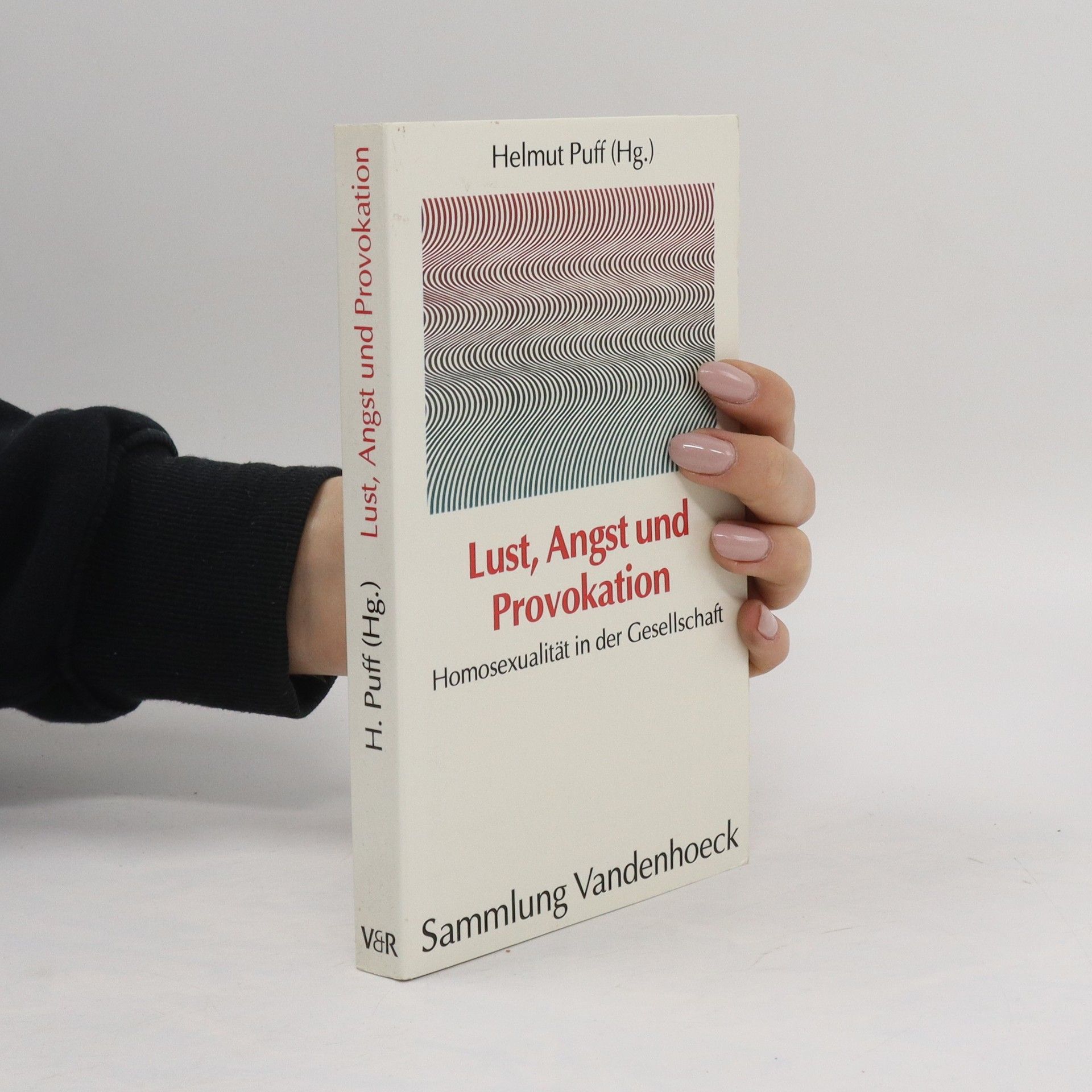Helmut Puff invites readers to visit societies and spaces of the past through the lens of a particular temporal modality: waiting. From literature, memoirs, manuals, chronicles, visuals, and other documents, Puff presents a history of waiting anchored in antechambers--interior rooms designated and designed for people to linger. In early modern continental Western Europe, antechambers became standard in the residences of the elites. As a time-space infrastructure these rooms shaped encounters between unequals. By imposing spatial distance and temporal delays, antechambers constituted authority, rank, and power. Puff explores both the logic and the experience of waiting in such formative spaces, showing that time divides as much as it unites, and that far from what people have said about early moderns, they approached living in time with apprehensiveness. Unlike how contemporary society primarily views the temporal dimension, to early modern Europeans time was not an objective force external to the self but something that was tied to acting in time. Divided only by walls and doors, waiters sought out occasions to improve their lot. At other times, they disrupted the scripts accorded them. Situated at the intersection of history, literature, and the history of art and architecture, this wide-ranging study demonstrates that waiting has a history that has much to tell us about social and power relations in the past and present.
Helmut Puff Knihy





Literaturwissenschaftler, Historiker, Wissenschaftshistoriker, Philosophen und Kunstwissenschaftler erkunden für die Frühneuzeitforschung, wie interdisziplinäres Arbeiten sinnvoll geleistet werden kann. Die Vernetzung der Wissenschaften hat heute ein neues Niveau erreicht. Die verbreiteten Elogen auf die Interdisziplinarität ebenso wie deren Verdammung verdecken dabei die Tatsache, daß das Zusammenwirken verschiedener Disziplinen kein neues Phänomen ist. Am Beispiel der Frühneuzeitforschung erkunden in diesem Sammelband Literaturwissenschaftler, Historiker, Wissenschaftshistoriker, Philosophen und Kunstwissenschaftler den Dialog zwischen den Disziplinen. Dabei geht es nicht um eine Definition von Interdisziplinarität, sondern interdisziplinäres Handeln soll für ein fachfremdes Publikum vorgeführt und praktiziert werden. Der Band ist um Termini und Kategorien organisiert, die in der aktuellen Diskussion der Frühneuzeitforschung verschiedene Fachrichtungen miteinander vernetzen: Text, Bild, Geschlecht, Ritual, Kultur.
Miniature Monuments: Modeling German History offers a series of essays on small-scale models of bombed out cities. Created between 1946 and the present, these plastic renderings of places provide eerie glimpses of destruction and devastation resulting of the air war. This study thus permits fresh angles on post-war responses to the compounded losses of WW II, and it does so through considering these “miniature monuments” (of, among others, Frankfurt, Munich, Schwetzingen, Heilbronn and Hiroshima) in a deep cultural history that interlaces the sixteenth, eighteenth, and twentieth centuries. Three-dimensional renderings in diminutive size have rarely been subjected to rigorous theoretical reflection. Conventionally, models, whether of ruins or intact spaces, have been assumed to be “easily legible”; that is, they have been assumed to be vehicles of the authentic. Yet rubble and other models should be theorized as complex simulacra of abstract realities and catalysts of memories. Miniature Monuments thus tackles a haunting paradox: building ruins. The book elucidates how utterly contingent processes of crumbling and collapse (the English words for the Latin ruina) came to command such great interest in modern Europe that tremendous efforts were taken to uncover, render, and, most of all, recreate ruins.
Dieses Buch rückt den Beitrag homosexuellen Lebens zur gesellschaftlichen Entwicklung und zu unserer Kultur in den Vordergrund - und die unbedachten Ängste, die dagegenstehen.